This website uses cookies so that we can provide you with the best user experience possible. Cookie information is stored in your browser and performs functions such as recognising you when you return to our website and helping our team to understand which sections of the website you find most interesting and useful.
The City of Kupiansk

The Kupiansk urban territorial community is located in the east of Kharkiv region. It was created on June 12, 2020 by merging four councils.
The community includes the city of Kupiansk, 2 urban-type settlements and 9 villages.
The administrative centre is the city of Kupiansk. The area of the entire territory is 148.4 km².
The population was 56,283 people,including
men – 20,106,
women – 26,362,
at the time of the creation of the new community. Currently, 11,000 people stay in the community. The vast majority of the population is of retirement age.
History
The latest history of the Kupiansk territorial community began its countdown from the administrative reform in Ukraine in 2015-2020.
The chronicle of Kupiansk is already about 350 years old. The exact date of the city’s foundation has been the subject of disputes among local experts and historians for many years. However, the first documentary mention of the founder of Kupiansk, Ivan Trofymov, dates back to 1675. The name of the city was given by the Cossack settlement Kupenko or Kupchynka, which existed here from 1655 and was part of the Kharkiv regiment.
Duchovna Hora became the historical centre of the city at the end of the 17th century.
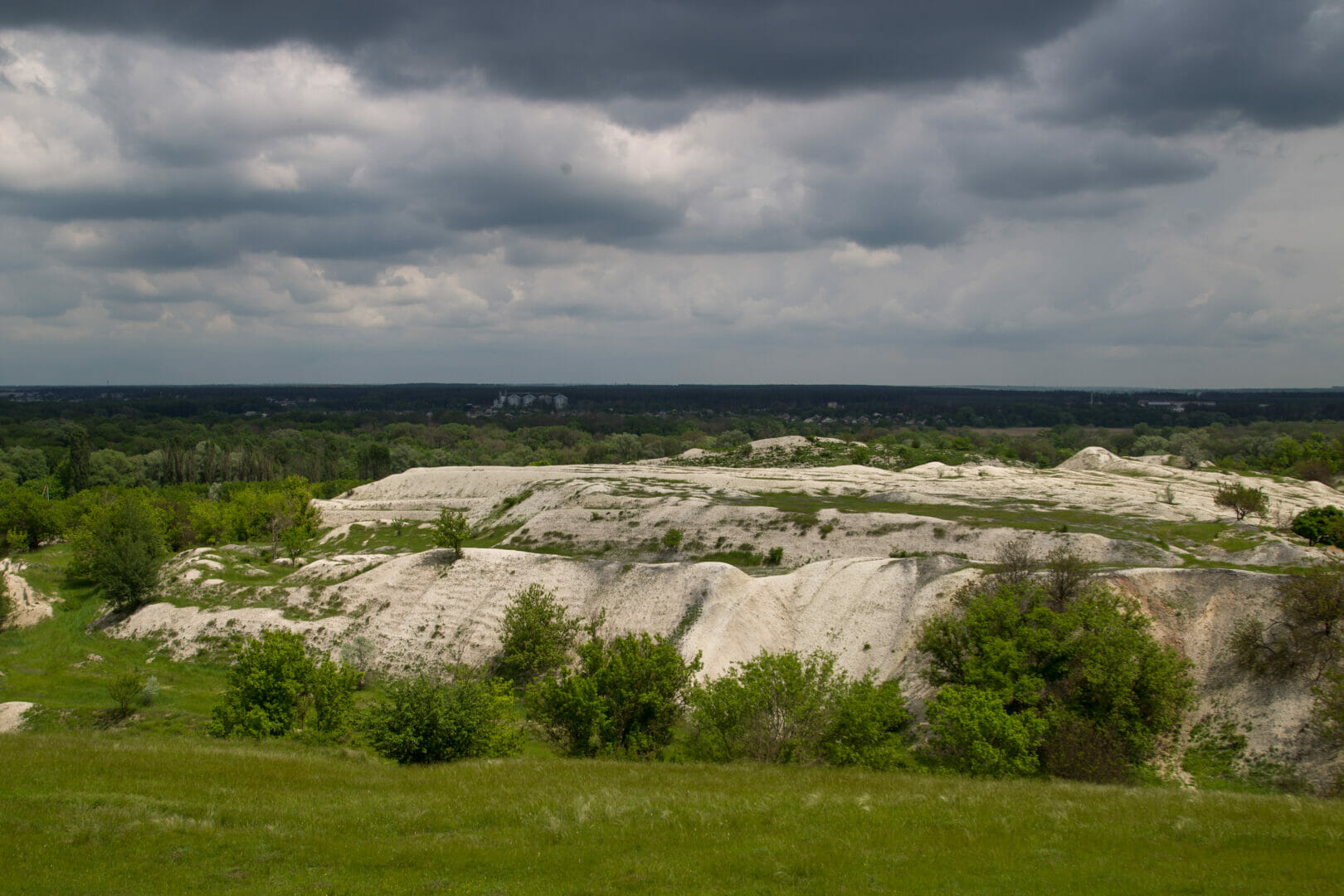
The St. Nicholas Church is a calling card of the city. Built in 1852, it is an architectural monument. The Nicholas square was formed around the church in ancient times. It was later called Bazarna Square (Market Square) among the people.
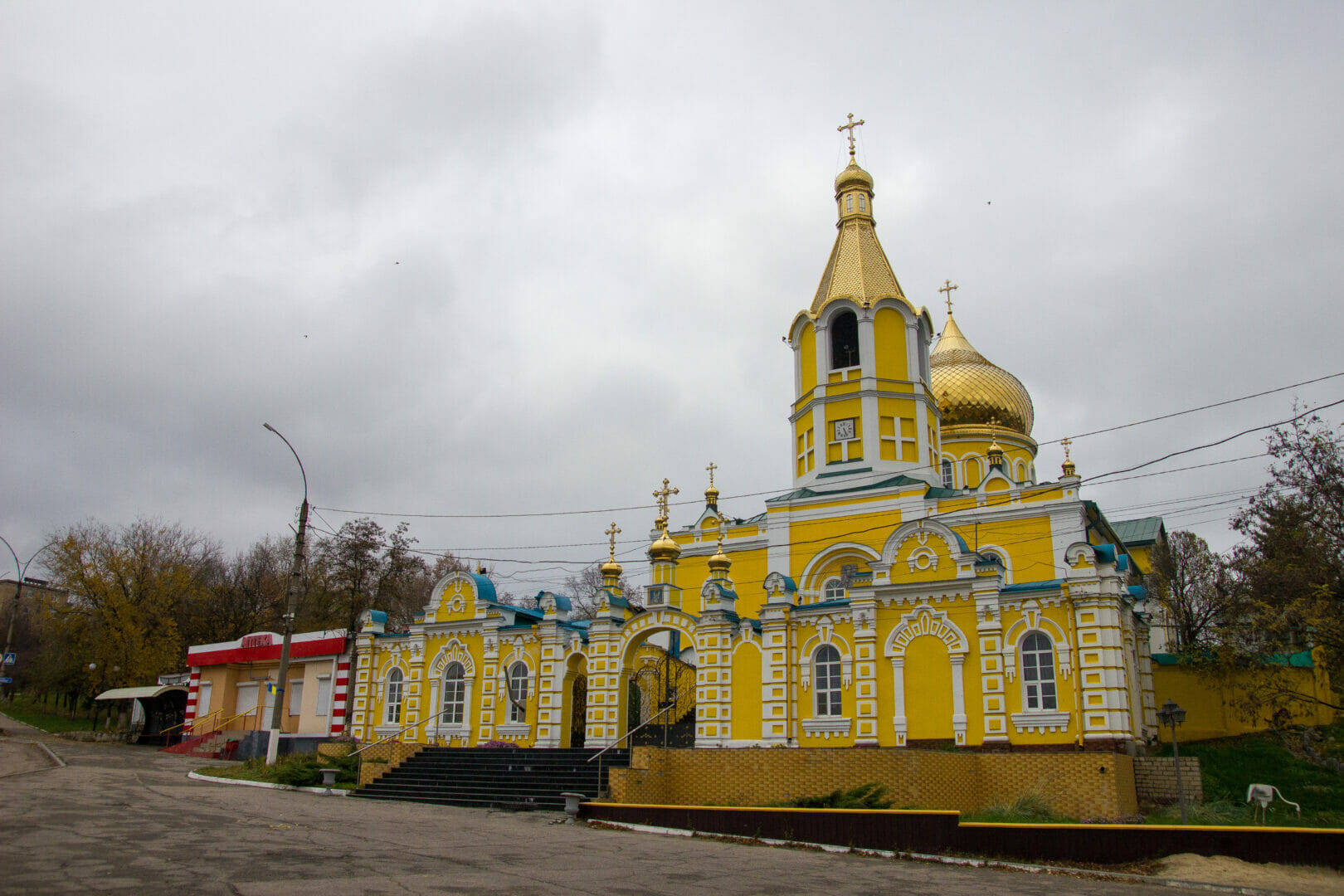
Since 1767, six large fairs had been held annually in Kupiansk. Roads passed through the city, which contributed to the development of trade. Bazaars were held here every Monday and Friday, and 12 stalls opened every Tuesday and Saturday.
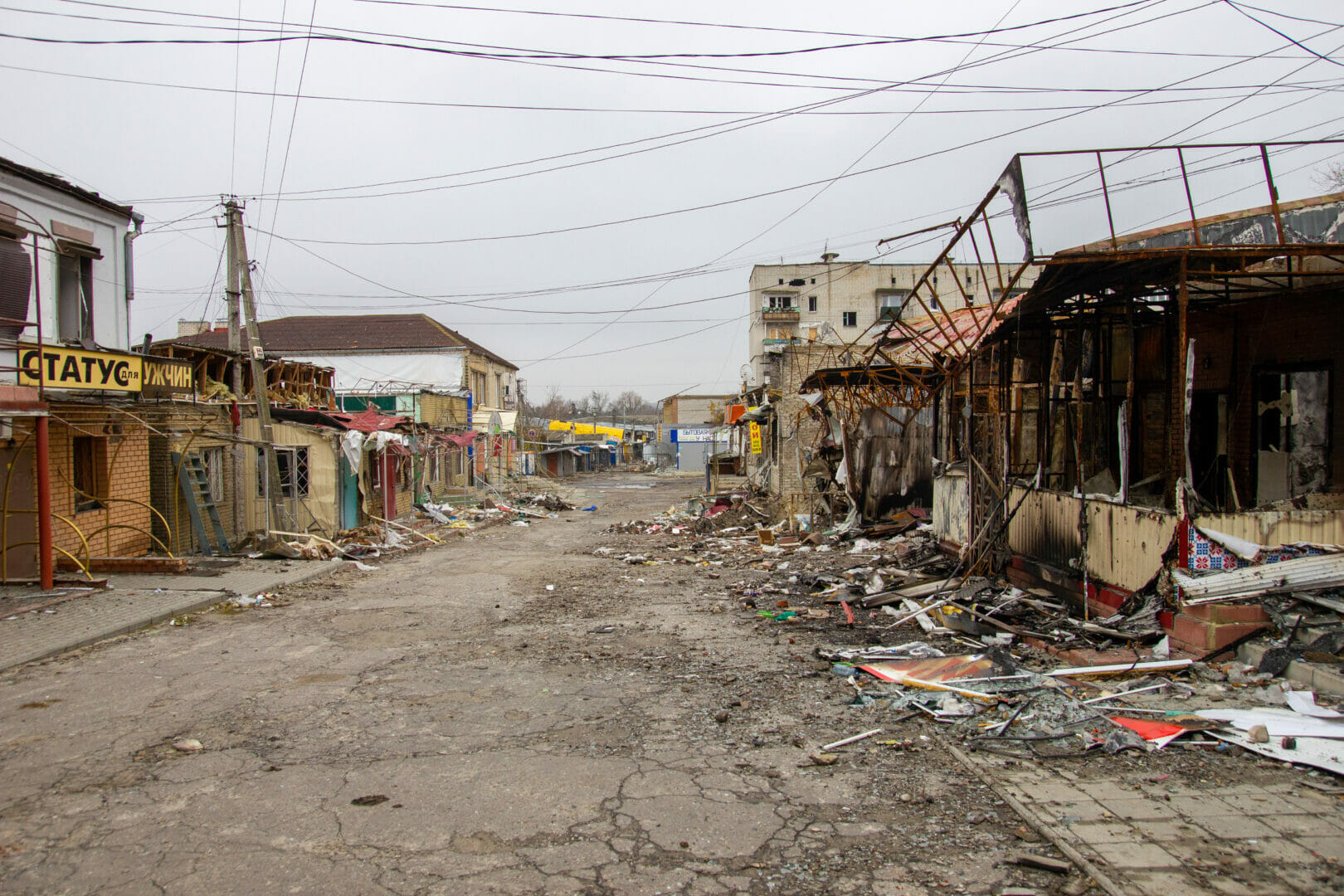
Handicrafts also developed in parallel with trade. Former peasants mastered the art of shoemakers, blacksmiths, carpenters, and masons. The construction of brick buildings began in the city, because the first industrial enterprises were factories for the production of bricks. The workshops of the Oleksandria Craft School expanded the production.
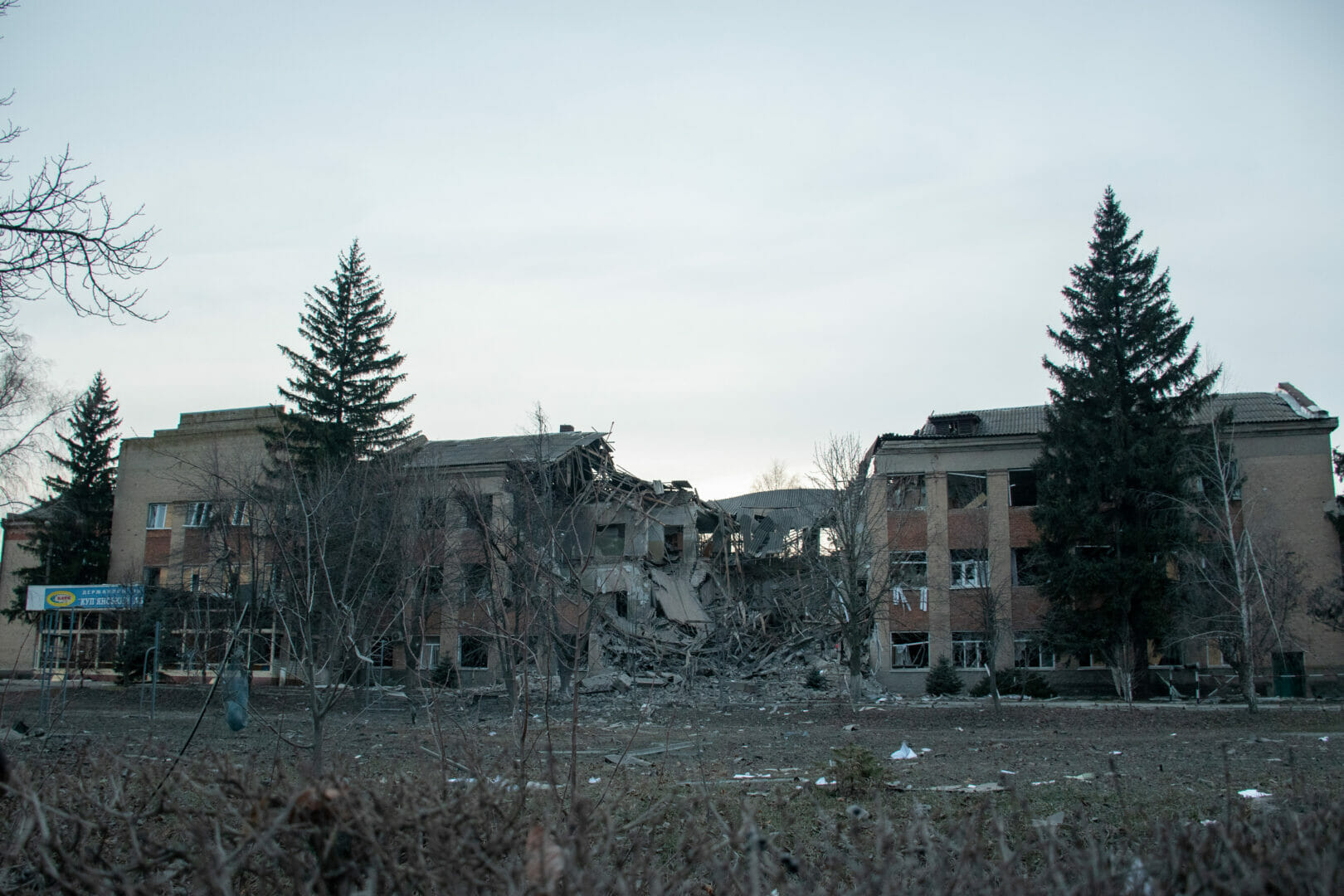
The opening of the railway also facilitated the development of industrial sector. As a result of the launch of train traffic in various directions, a significant railway hub grew up near Kupiansk with Kupiansk-Vuzlovy, a village of railway workers, nearby. In 1930, a wagon depot was put into operation, and in 1940, a new railway line Kupiansk-Sviatohirsk was launched.

The revolutionary events of the early 20th century in Kupiansk were remembered for the struggle for bread. The townspeople survived two famines. In 1921, the emergency unit stationed in the city, the local militia, and Red Army units seized grain from the peasants, who resisted them. This led to the famine of 1922. In 1932-1933, whole villages of people died from a terrible famine. Then, the period of hunting for “enemies of the people” started. Many residents of Kupiansk were repressed: some were shot, some were sent to camps, some served undeserved punishment in camps. The memory of these events is immortalized in the sculpture of the memorial sign to the victims of the Holodomor and political repressions.
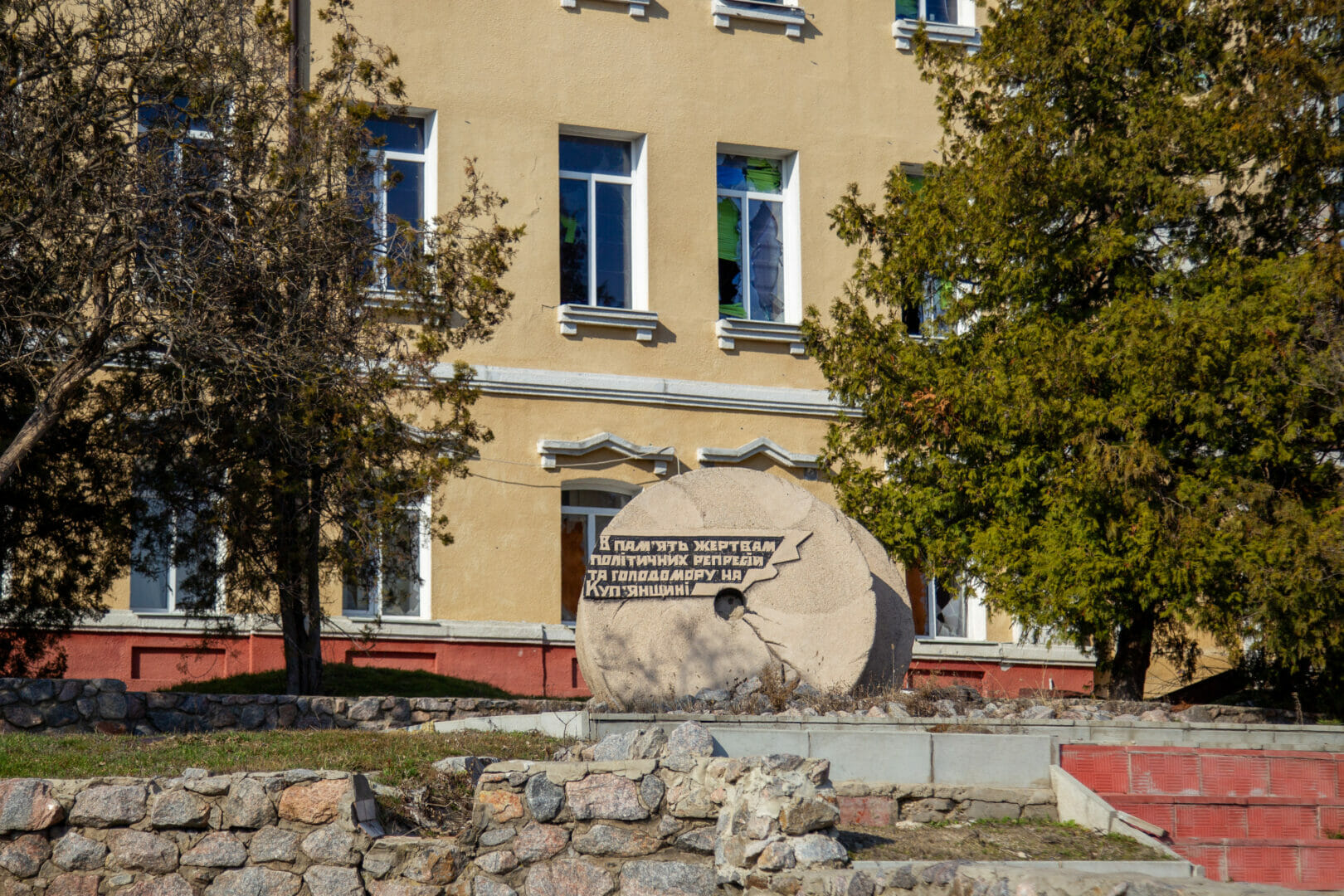
Then machine repair shops began operations which manufactured equipment for the sugar industry. In September 1949, the rebuilt Kupiansk sugar factory produced its first products. Over the course of ten years, the asphalting of the road was completed and the Kupiansk-Kharkiv bus service was opened.
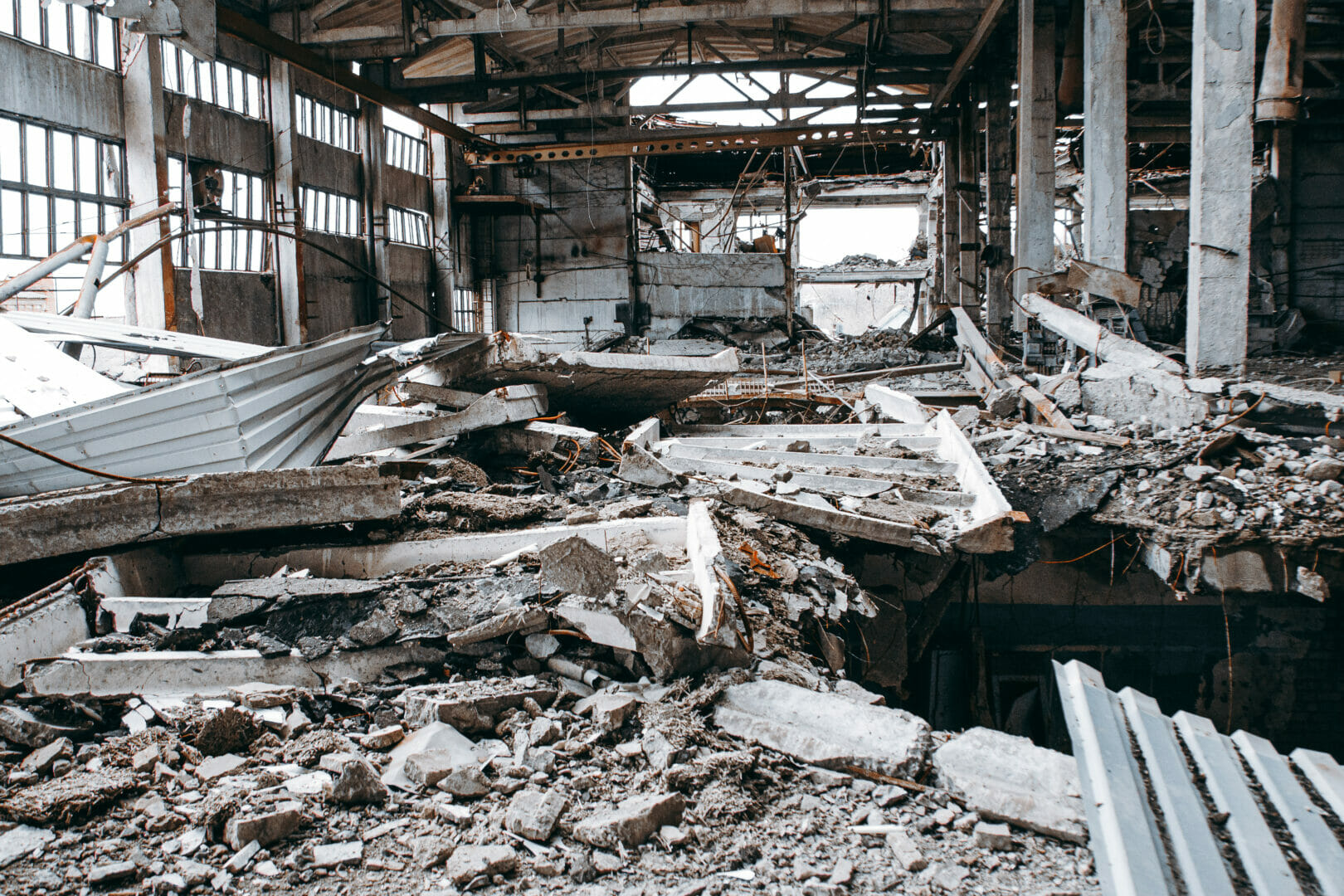

The Kupiansk sewing factory was one of the leading enterprises of light industry. In 1953, a milk cannery and a meat processing plant started their operations in the city.
The Kupian Foundry – KLZ or Centrolit – was a powerful industrial giant that contributed to the development of the city.
Vocational and technical school No. 27 trained workers for foundry production. The company did not ignore other infrastructure facilities. During 20 years of intensive development, it built 4 schools, 10 kindergartens, a Palace of Culture, a village polyclinic and buildings for inpatient treatment on the premises of the Kupiansk City Hospital.
Many writers originally from the Kupiansk area cooperated with the editorial staff of the local newspaper Visnyk Kupianshchyny, which is over 104 years old. Journalists suspended their work only during the occupation of Kupiansk during the Second World War and for 10 months in 2022 during the full-scale Russian invasion and occupation of the city.
UNIT 3. Economy and Welfare
Such giants of industry as a sugar factory and a foundry could not withstand the collapse of the USSR, but other enterprises, on the contrary, began to develop. This is what happened to the largest tax payers to the local budget, which were included in the group of enterprises of the Kupiansk railway hub.
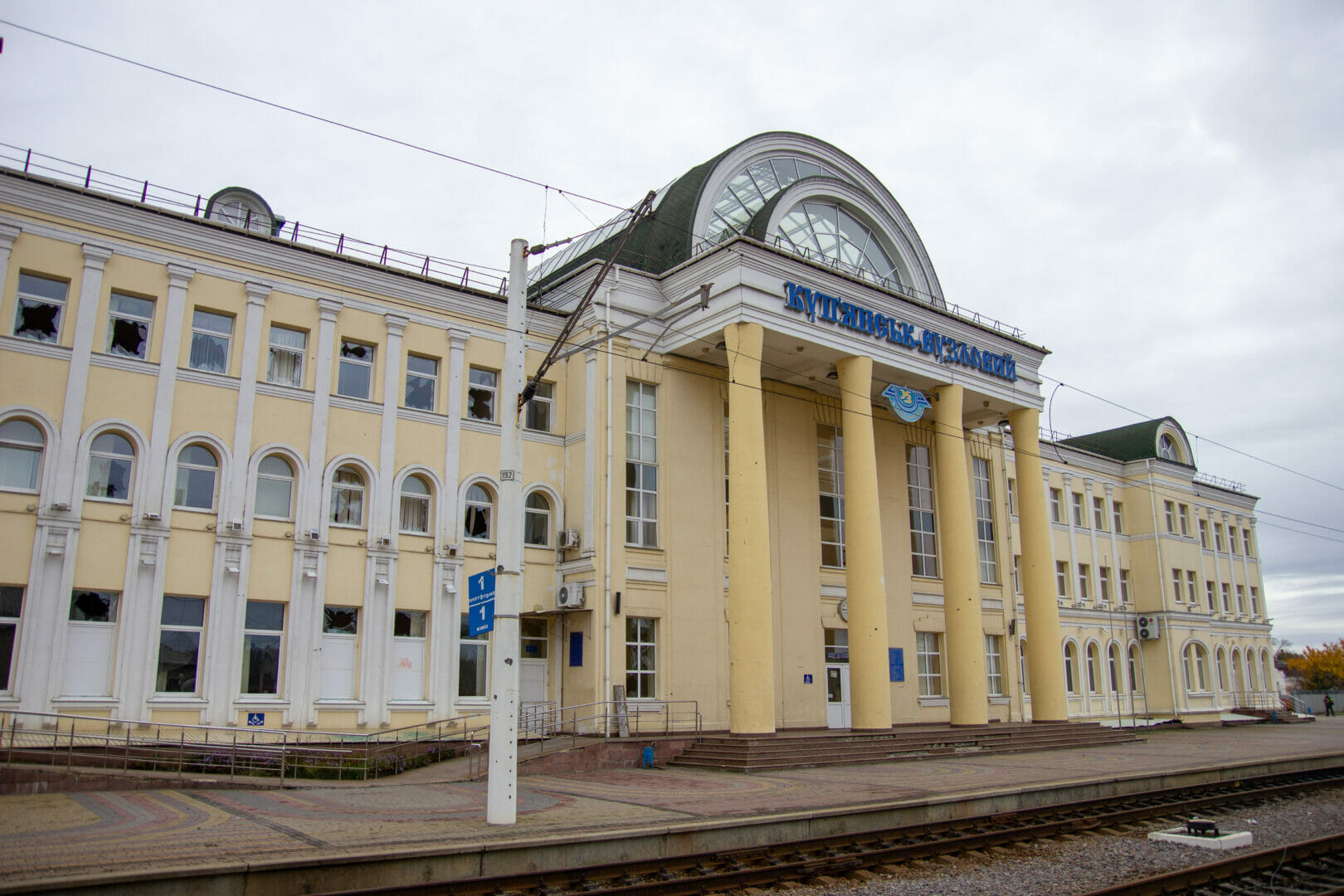
About 70% of the city’s budget was paid by the railway in the form of land tax and personal income tax. About 10,000 people worked here. Restoration of the full operation of the Kupian railway junction at the pre-war level is possible only if the Luhansk and Donetsk regions are de-occupied.
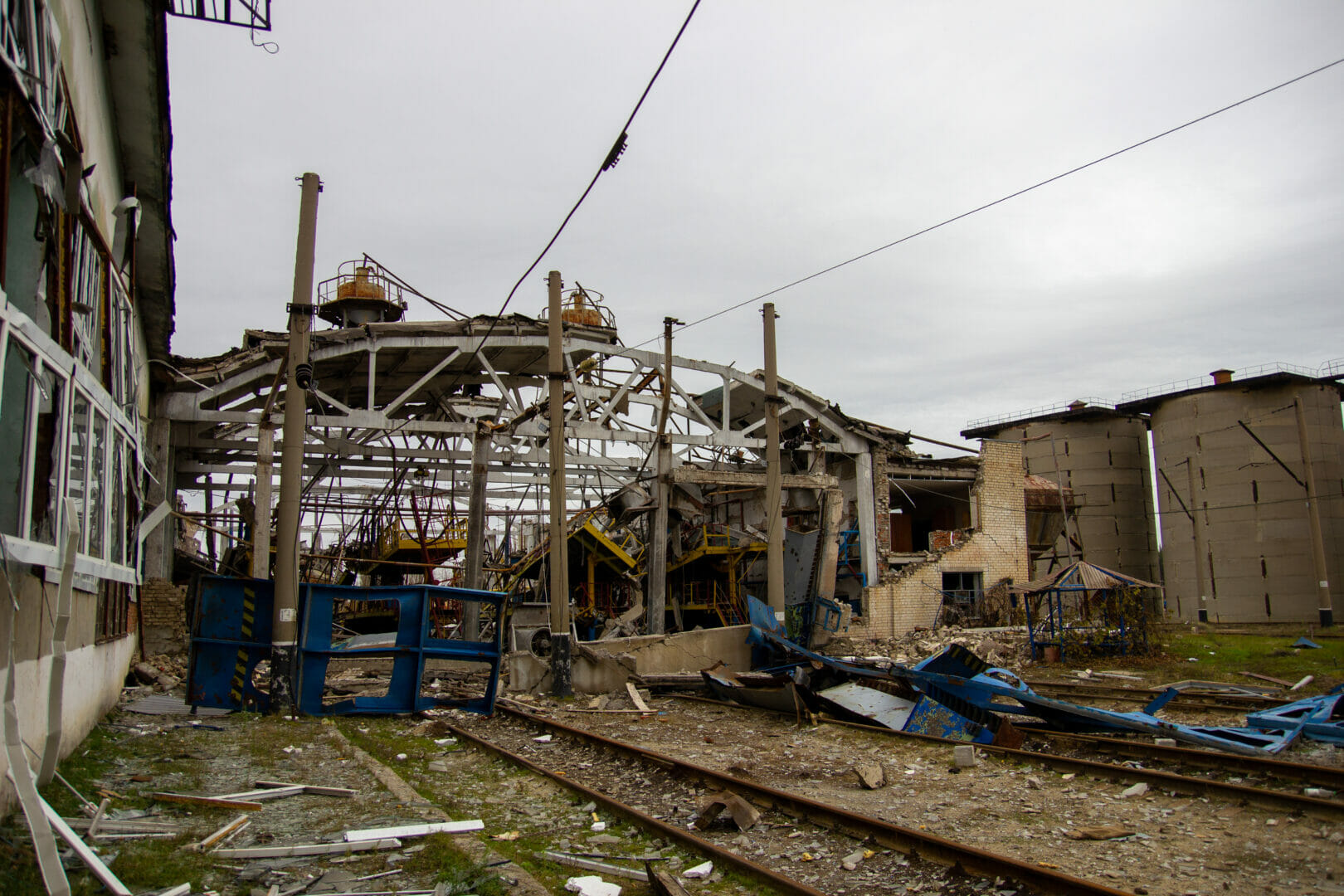
At the beginning of the war, 2,326 individual entrepreneurs and 695 legal entities of medium and small businesses worked in Kupiansk. The Universal Fish Company, a fish processing enterprise which started work in 1996, the Kupiansk Milk Canning Plant and the Kupiansk Meat Processing Plant were the largest producers and employers. Their facilities have suffered critical damage and are beyond restoration.
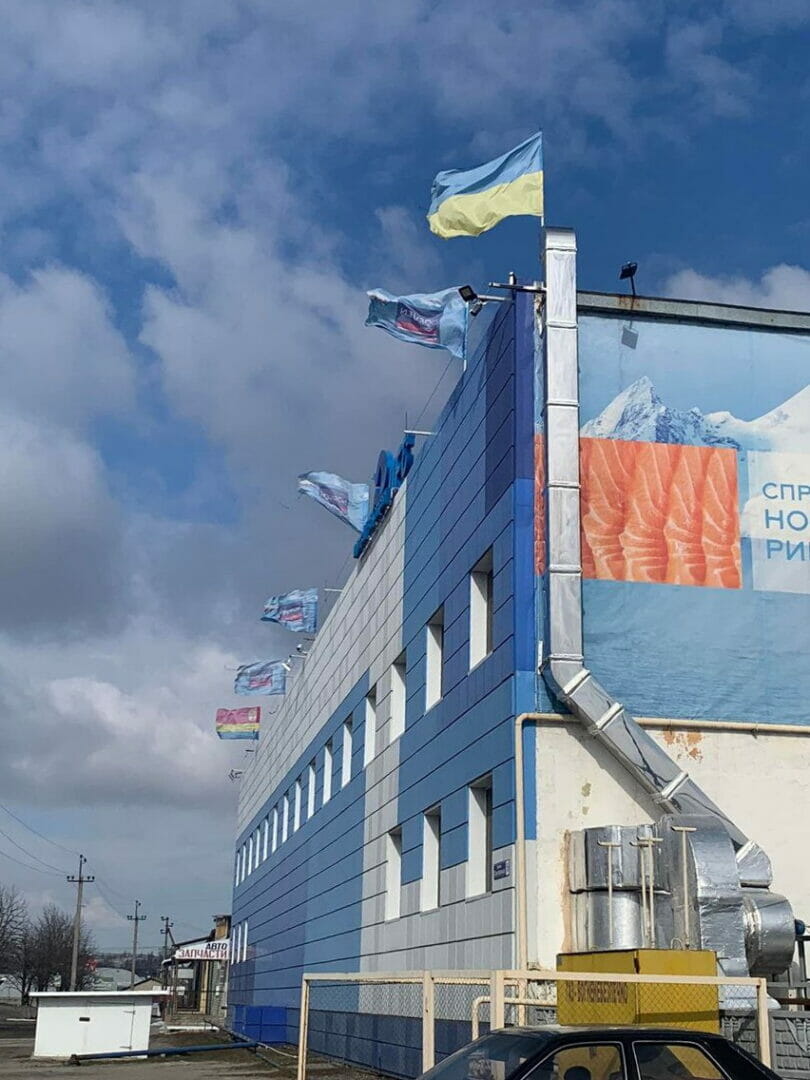
Communal enterprises and budget institutions ranked third in terms of taxes paid. The number of employees in the sector was 4.2 thousand people.
The municipal sphere of the city is maintained by five enterprises. Despite the fact that their equipment was looted, most of them resumed work immediately after the deoccupation and continue to promptly eliminate the consequences of enemy shelling.
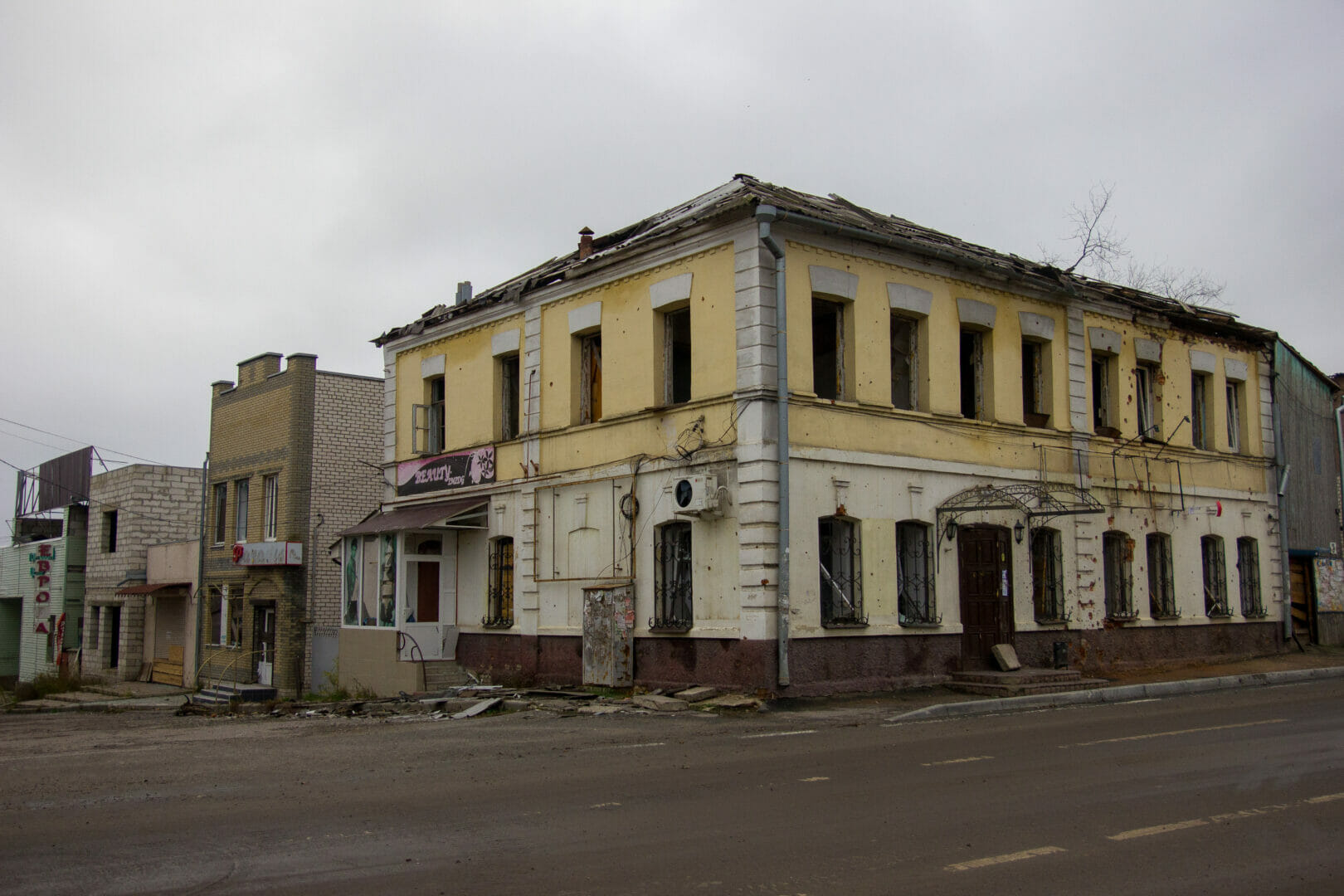
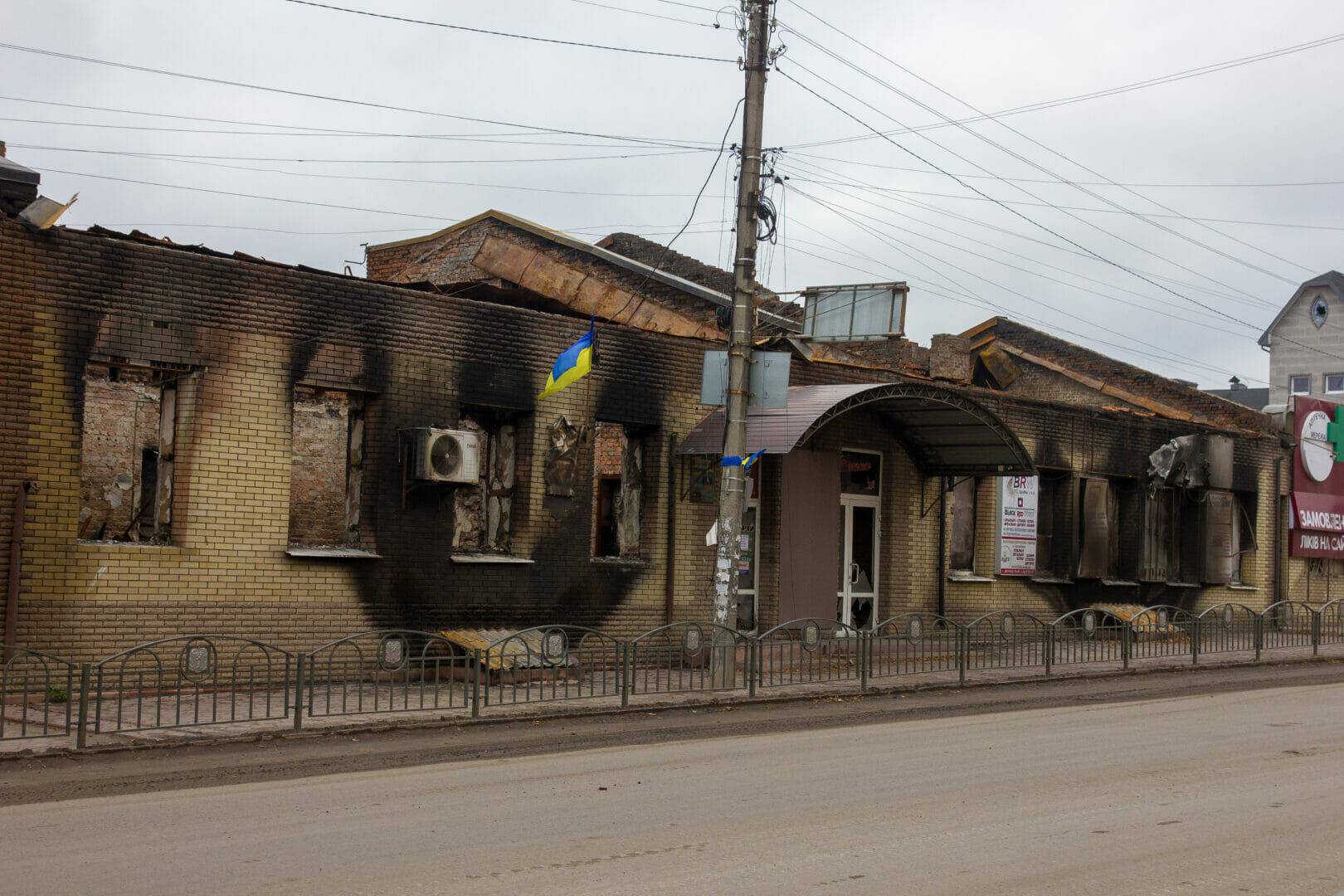
The city market, which had 1,038 outlets, was completely destroyed.
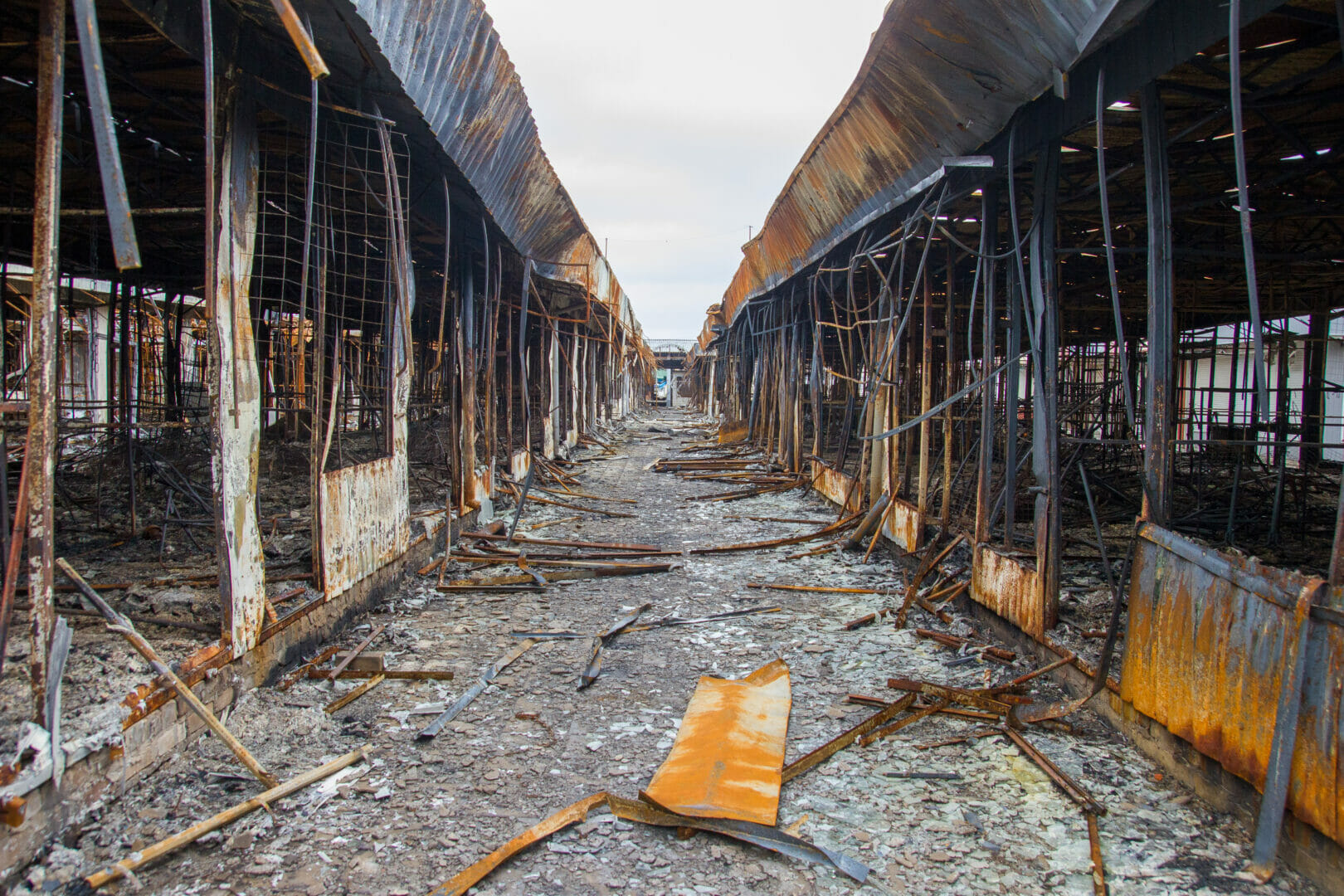
Shortly before the full-scale invasion, the renovation of the reception department of the Kupiansk Territorial Medical Association was completed. As part of the Major Construction Programme, 898 square meters were renovated here and the internal premises of the reception and X-ray departments became modern and comfortable. Furniture, modern medical equipment, a computer tomography and a modern X-ray machine were bought here. Thanks to the equipped porch, people with disability had access to the emergency department. Having attracted almost UAH 500,000 from the regional budget, the team purchased costly laboratory equipment.
Unfortunately, the occupiers have destroyed everything.

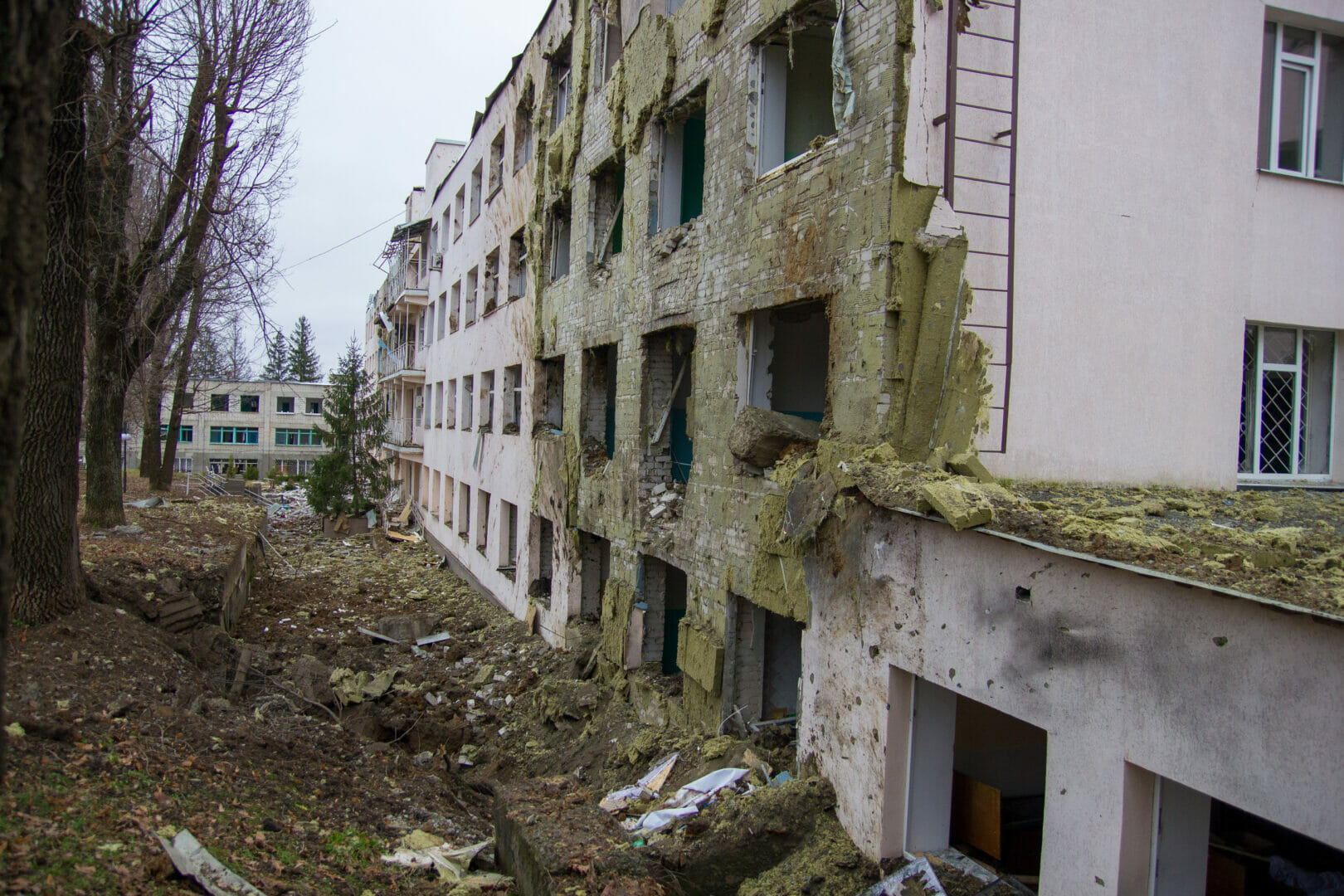
The Kupiansk primary care centre includes 32 outpatient clinics of general family practice and first-aid stations, as well as 7 kindergartens, 9 lyceums, 1 gymnasium and 2 extracurricular education institutions – a children’s and youth creative centre and a children’s and youth sports school.
Norven Sports Club and Mriya Football Club were financed by one of the largest enterprises of the city – UFC. More than 400 young athletes engaged in wrestling and football here. The football tournament, which had been held twice a year in Kupiansk for 25 years, gathered stands of fans and dozens of children’s teams from all over Ukraine. Pupils of Mriya always replenished professional football teams.
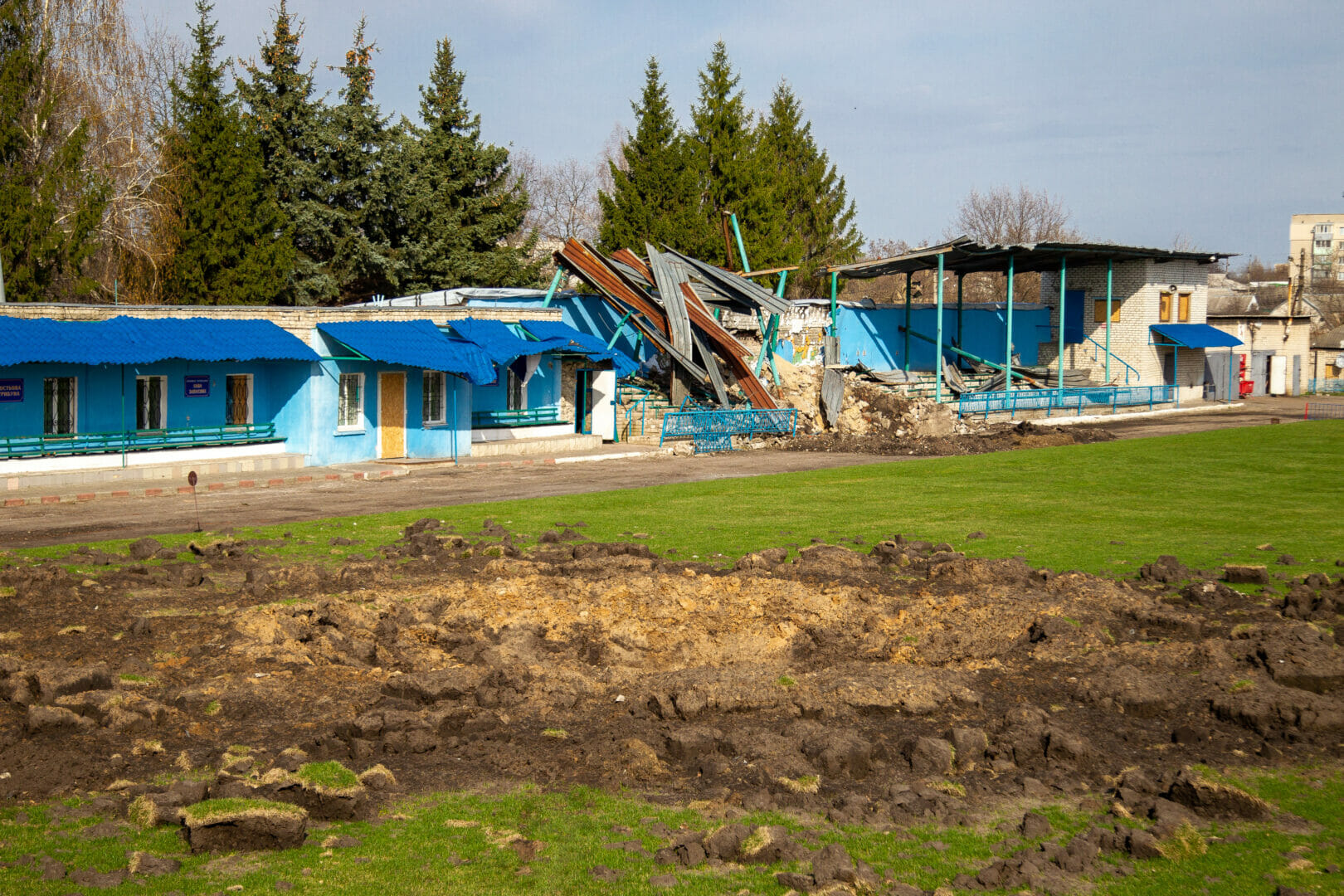
More than 100 children were engaged in cycling in Kupiansk. The unique BMX track, built on the outskirts of the city, is one of Ukraine’s best in terms of complexity, which is why it was the venue for the All-Ukrainian cycling competitions.
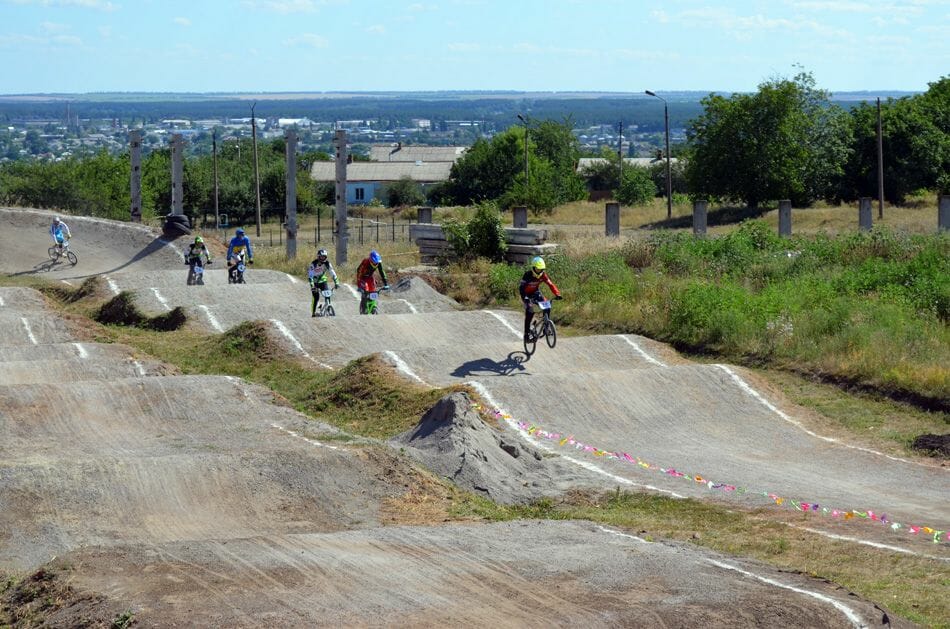
In the pre-war years, HUBs became popular in Kupiansk for organizing leisure time. The Orbita Youth Centre opened in November 2021. The created STEM room was equipped with modern gadgets.

However, the HUB, which was supposed to promote socialization and integration of IDPs into the community, never had time to meet the visitors. The repair work was completed on time, but the space for leisure never began to work – in 2020, the quarantine prevented its opening, and in 2022, the occupants completely destroyed the premises.
Community and War
It is still impossible to calculate the damage caused by the Russian-Ukrainian war in Kupiansk, because the city has been under continuous shelling for 8 months after the deoccupation. According to preliminary estimates, 30% of the community have been destroyed. Lyceums, gymnasiums, shopping centres, manufacturing enterprises, cultural and sports institutions have suffered the greatest destruction.
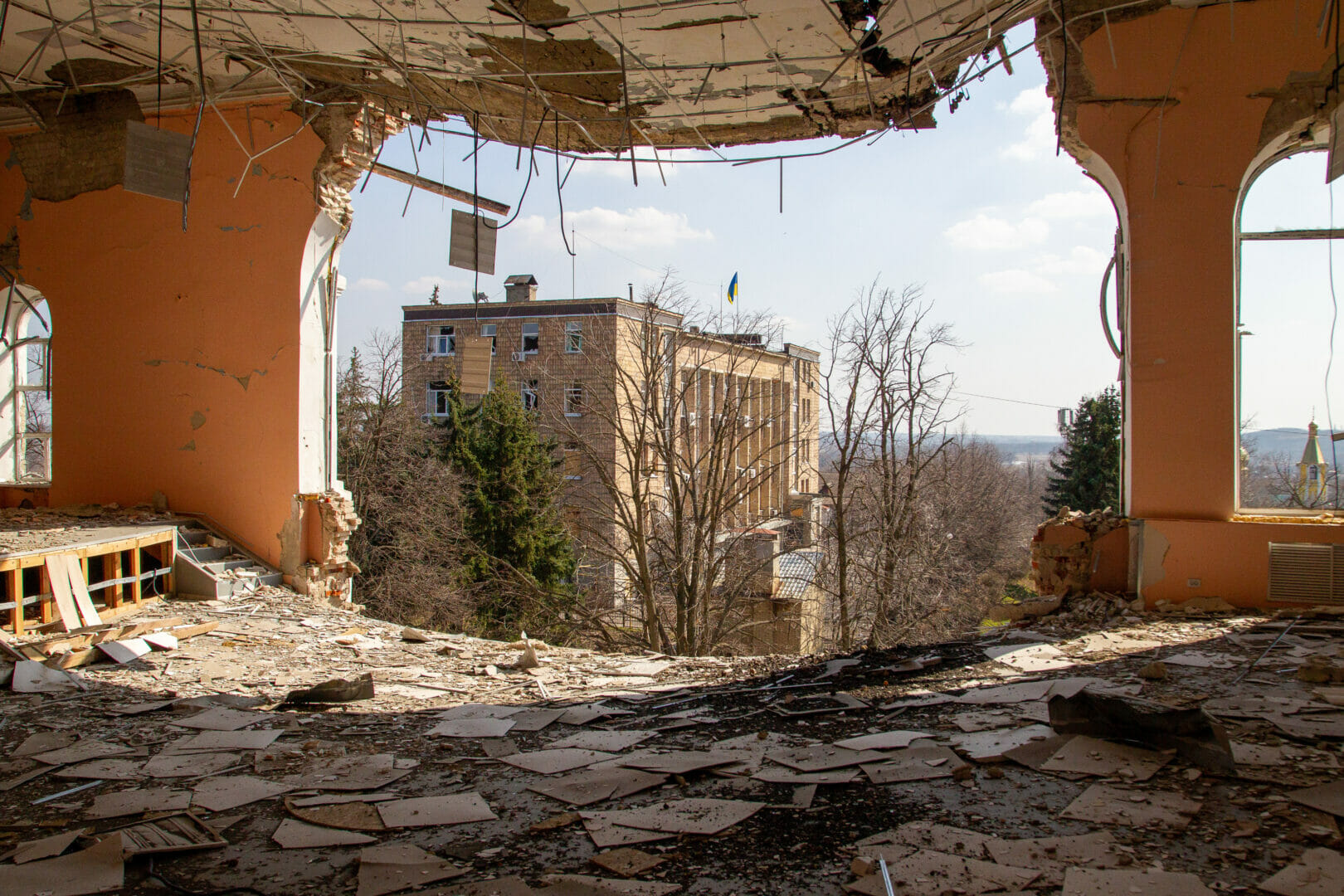
Russians occupied Kupiansk on February 27, 2022. Despite the absence of military clashes, the city was restless. On March 1, locals went to the rally, but the occupiers used tear gas and kidnapped the main organizer and activist. His further fate is still unknown. During the period of occupation, other men in the city, including people of retirement age, also went missing.
In Kupiansk, communication and the Internet disappeared, and people found themselves face to face with the occupiers under the full influence of Russian propaganda. The route to the free territory was closed, and all business leaders and socially active citizens who stayed in Kupiansk occasionally ended up in the “basement”.
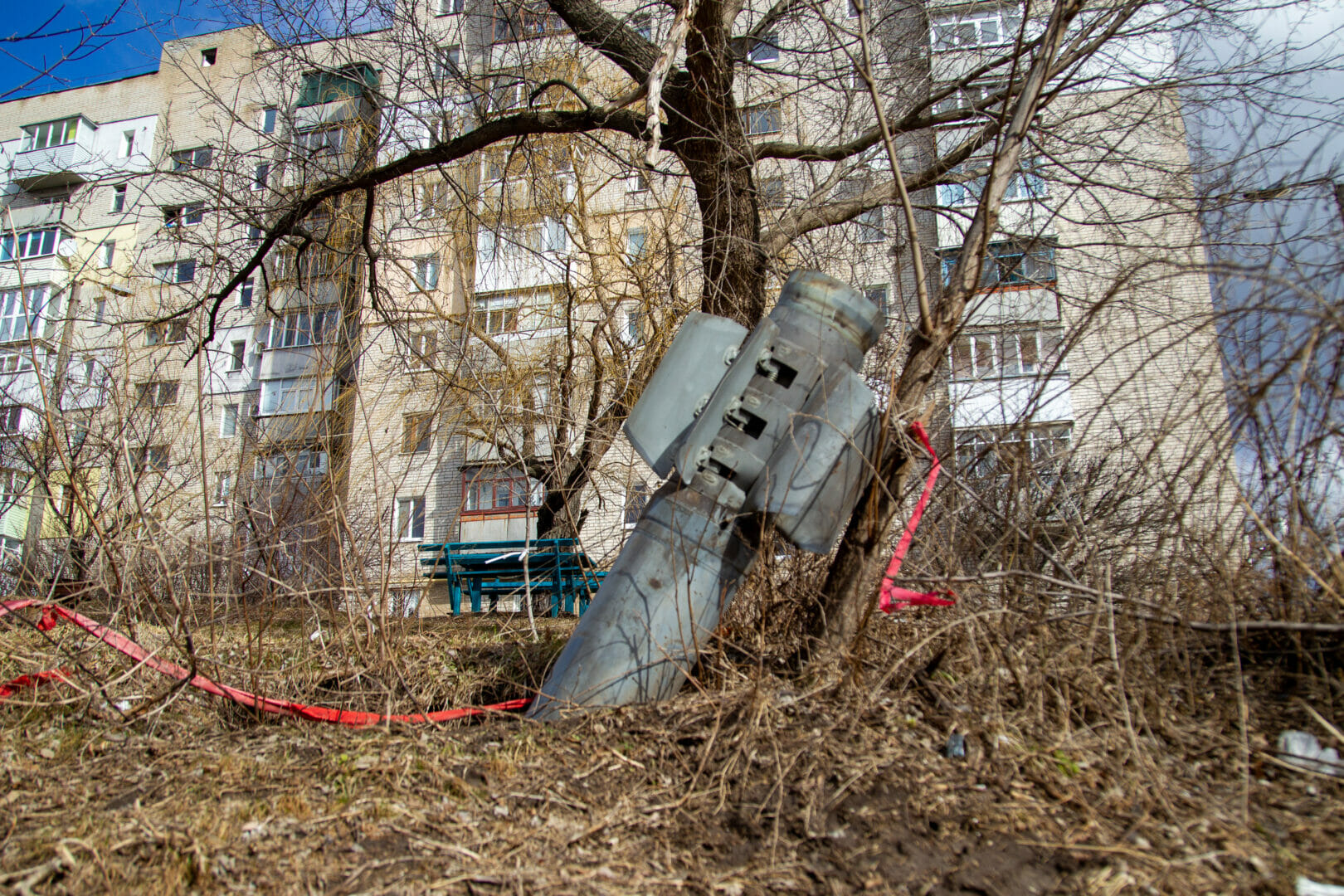
Torture was used to force people to disclose their acquaintances with a pro-Ukrainian position. The number of those who were in the basement is not known for certain, because during the process of deoccupation the documents of the Russians were burned.
In May 2022, stores and pharmacies ran out of Ukrainian goods, so they began to be imported from unrecognized republics, the so-called DPR and LPR. Everything was very expensive and completely tasteless. People were rescued by local businesses. In the form of humanitarian aid, stocks of own products were distributed at reduced prices to people of socially vulnerable categories.

The evacuation route to Ukraine opened only in June 2022. People had to walk three kilometres across the Pecheneg dam. To get there from Kupiansk, they had to go through 10 Russian checkpoints with full checks and pay up to 1,000 hryvnias per person for a taxi. But people took risks, because they did not have the strength to withstand the occupation. No one kept records of those who evacuated, because people left in their own cars through Russia to the Baltic countries and Poland to return to Ukraine. The Kupiansk-Kharkiv route was covered in 7 days by the people of Kupiansk.
After the deoccupation of the city, the Ukrainian authorities returned to the “desert”. Andrii Besedin was appointed the head of the Kupiansk military administration.

At the beginning of the heating season, the city was left without electricity, water, heat, communication and the Internet. People were hiding in the yards of private houses, but their exact number was unknown. Two teams of rescuers and the head of the starosta district helped the leader navigate the situation.
The population on the territory was identified together with volunteers who daily supported the people of Kupiansk and brought humanitarian goods to Kupiansk.
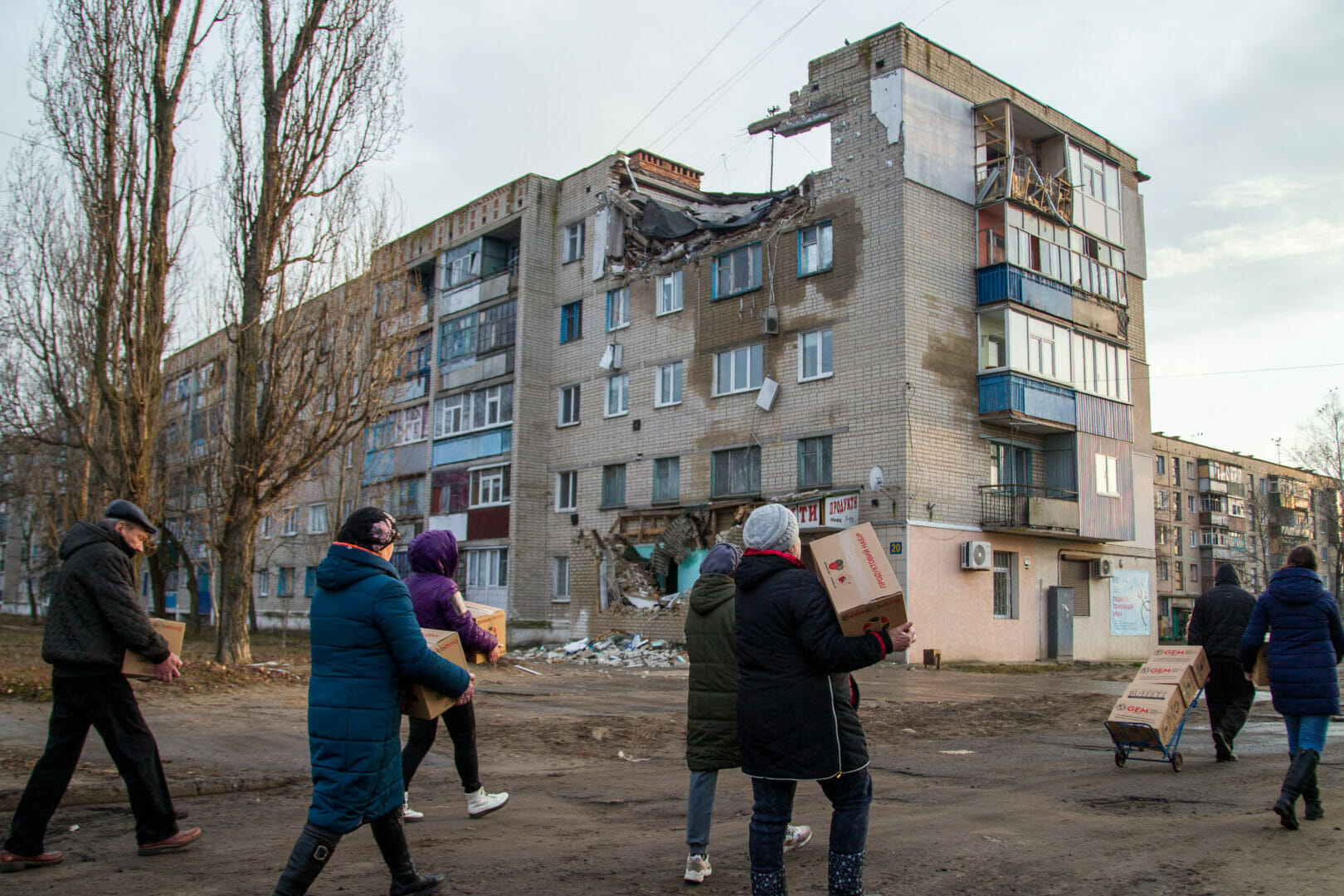
Then, critical infrastructure enterprises started to resume their work. After two months, households of Kupiansk started to have electricity again. Gas supply was also restored. Although not at full capacity, the heating system was working. Specialists restored communication and were working on laying the Internet network.
As of the second half of February 2023, the Kupiansk urban community has been electrified by 98%, gasified by 99%, and water supply and sewerage communications have been restored by 95%. However, after frequent hits from the Russian side, it is necessary to promptly eliminate their consequences.
City routes have been restored in the community and transport links with the regional centre have been established. On February 20, three lyceums started the educational process remotely.
People of the Community
During the Russian-Ukrainian war, two people from Kupiansk were posthumously awarded the title of Heroes of Ukraine – Vitalii Movchan and Oleksandr Makarenko.

M.S. Syadristyi is a famous contemporary from Kupiansk. The works of the master of microminiatures are known all over the world, but few people know that Mykola Serhiyovych was born in the Kupiansk area.


The fate of the following outstanding personalities of the past was connected with Kupiansk.
Professor Mykola Ovksentiyovych Valyashko (1871-1955), organizer and first director of the Kharkiv Pharmaceutical Institute, and honoured scientist, was born in our city.
Illia Illich Mechnikov, a famous biologist and Nobel Prize laureate, was born in the Kupiansk District.
During his stay in the Kupiansk area, the outstanding Ukrainian playwright, director and actor Marko Lukych Kropyvnytskyi staged plays.
The famous Ukrainian writer H.F. Kvitka-Osnovyanenko left the people of Kupiansk the story “Kupiansk impostor” about a soldier who pretended to be Tsar Peter III.
The nature of Kupiansk area inspired the Ukrainian philosopher and writer Hryhoriy Savych Skovoroda, and humorist P.M. Hubenko, better known as Ostap Vyshnia, wrote his works here.
Development Strategy
As part of the priority areas of activity and tasks, the following work is planned to be carried out:
- Demining the territory
- Development of a city reconstruction plan
- Creation of conditions for the return of residents and businesses to the community
- Modernization and reconstruction of housing and communal services
- Use of alternative sources of heating
- Thermal modernization of buildings
- Arrangement of a landfill and construction of a waste processing plant
- Modernization of the water supply and sewage system
- Landscaping of the territory
- Repair of roads
- Optimization of educational institutions
- Resumption of work of cultural and sports institutions
- Creation of conditions for affordable medical services
- Support of citizens who have lost their jobs and their involvement in the reconstruction of the city
List of Sources
- Collection of Monuments of History and Culture of Ukraine: Kharkiv region. Kupiansk city and Kupiansk district. Encyclopaedic edition
- Historical and Economic Overview: Kupiansk is 350
- The Kupiansk area in the flow of history; M.F. Kuksa
- Ancient cities of Kharkiv region: Kupiansk. Collection of archival documents and materials.
- Viktor Koshelev’s dream and work. Lada Lytvynova
- Website
